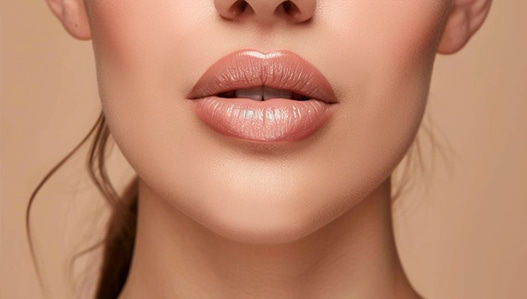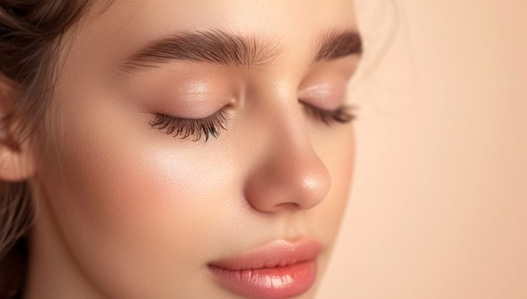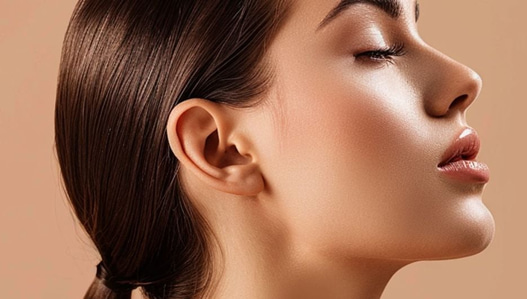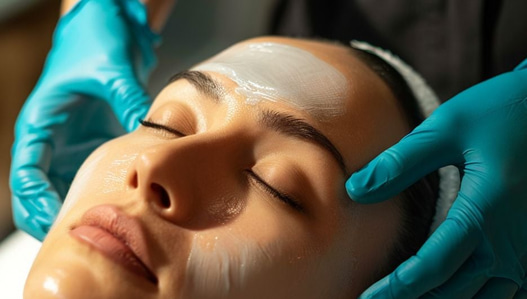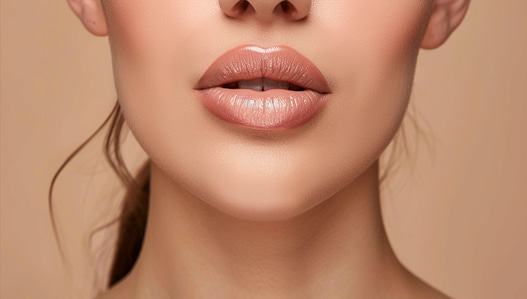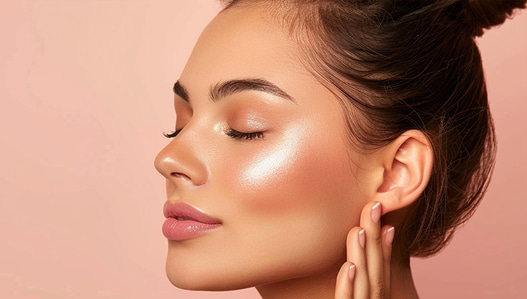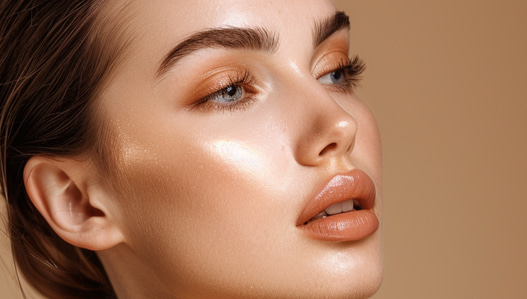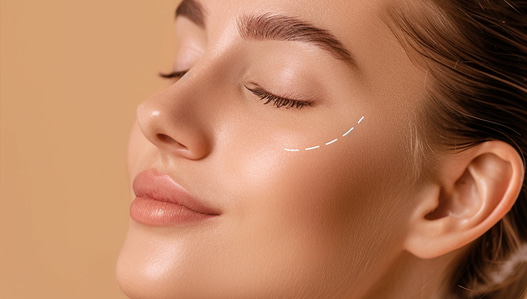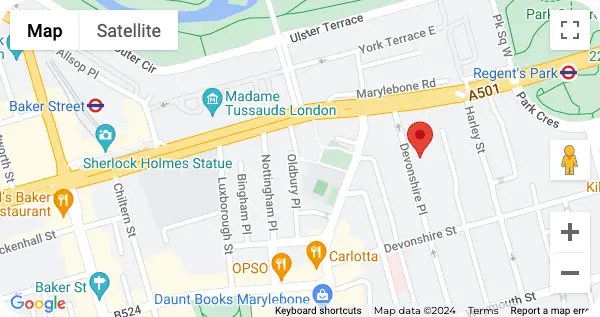Botox made from botulinum toxin is a highly sought after cosmetic procedure to lessen the appearance of wrinkles and fine lines, thus making the skin look smoother and younger. But if you ever thought about getting Botox regularly, or if you’ve already tried Botox out and are thinking, how often should you get Botox to keep up the results without overdoing it?
The medicine in Botox injections is made from the same toxin that causes a type of food poisoning called botulism. But the forms of purified botulinum toxin used by licensed health care providers meet medical control standards.Botox results typically endure for several months, but treatment frequency will vary depending on individual response to the treatment, treatment area, and dosage. Knowing the Dos and Don’ts puts you closer to retention of that fresh, natural look.
How often to have Botox: A general guide
For most, Botox injections last three to four months. As the effects start to fade, muscle movement returns, and wrinkles or fine lines may begin to reappear. To keep their appearance constantly smooth, most patients return for Botox when they first notice signs of muscle activity returning.
For someone new to using Botox, it can take a few sessions before you know what the ideal treatment schedule looks like. Your practitioner can gauge how your body reacts to Botox and tailor future appointments accordingly. Over time, some patients may find they require fewer treatments as the muscles learn to relax.
Individual factors (eg. age, previous Botox treatments)
oung, wrinkle-free faces may require fewer treatments; for older folks, or those with deeper lines, more frequent touch-ups may be necessary. Also, if you have gotte Botox for a long time, your muscles can get conditioned to relax, meaning you might be able to go longer in between treatments.
Treatment area and dosage
The various injection site, and amount of Botox injections also influence how frequently they need to be administered. For instance, stronger muscle areas, such as the forehead and jawline, tend to require more frequent touch-ups than delicate areas like crow’s feet. Your practitioner will determine the ideal dosage and schedule to ensure balanced and natural-looking results.
Risks of overdoing Botox
Botox itself is safe when done correctly; excessive or too-frequent injections can produce unwanted effects. When used excessively, this can give an appearance that is too frozen or unnatural, restricting facial expressions in either direction and leaving the skin appearing too smooth.
Long-term effects of regular Botox injections
Overuse/overdoing botox can also lead to facial musculature weakening over time, which may cause muscle atrophy. This can lead to too many Botox units needed to produce the same effect in the future. Seeing a qualified professional guarantees treatments are applied correctly and safely.
Expert aftercare tips for making Botox results last longer
But there are some aftercare practices that can help your Botox results last as long as they can. Avoid touching or massaging the treated areas, especially for 24 hours after the treatment, to minimize diffusion of the toxin to unintentional areas. Staying hydrated, implementing a good routine, and steering clear of excess sun exposure all help prolong results, as well.
Regularly exercising treated facial muscles, such as slightly raising your eyebrows, can also help the effects of Botox kick in faster. Your practitioner can offer tailored advice based on your skin type and lifestyle.
How to tell if you need more Botox Appointments
If you see fine lines and wrinkles coming back, you might be due for a touch-up. As a general rule of thumb, keep an eye on when muscle movement returns — as this typically indicates the Botox is dissipating. That said, it’s best to talk with a qualified professional who can help you know when you should be getting your next treatment. Book a consultation here.
High-quality Botox treatments at the Harley Street Skin Clinic
We have years of experience carrying out Botox at the Harley Street Skin Clinic with highly specialized, quality work. At our clinic, our skilled professionals will provide you with smooth, natural, subtle results for a refreshed and youthful appearance. Make your appointment today.
FAQs about Botox
- How long does Botox take to work?
Botox generally starts to take effect in three to five days, with full results in two weeks. But individual results can vary depending on metabolism and area being treated.
- Can I stop Botox once I start?
Yes, you may discontinue Botox treatment at any time. Your muscles would slowly start moving again, and wrinkles would settle back into their normal age process without going worse than normal.
- Are Botox injections painful?
Patients experience little discomfort, usually described as a small pinch. The process takes only a few minutes to perform, and topical numbing cream can be used to help with comfort if the patient requires it.
- Can I get Botox while pregnant or breastfeeding?
Since there is not much research on the use of Botox during pregnancy, breastfeeding women should not use the treatment. Ask your doctor for alternatives.
- What should I avoid after Botox?
After Getting Botox Avoid strenuous exercise, alcohol and excessive sun exposure for 24 hours after the Botox injections. Also avoid rubbing or massaging the treated areas, which can drive Botox into adjacent or nearby muscles.
For personalized Botox treatments, visit the Harley Street Skin Clinic. Book your botox appointments now.
Recent Articles
Benefits of Botox: Cosmetic and Medical Advantages
How to Prepare for Lip Fillers: Everything You Need to Know Before Getting Filler
Exercise after Botox: How long should you wait?
Join 50,000+ Readers Redefining Confidence Every Week
Subscribe to our free bi-weekly newsletter, trusted by thousands, for expert insights into aesthetic treatments, plastic surgery trends, and skincare innovations.





